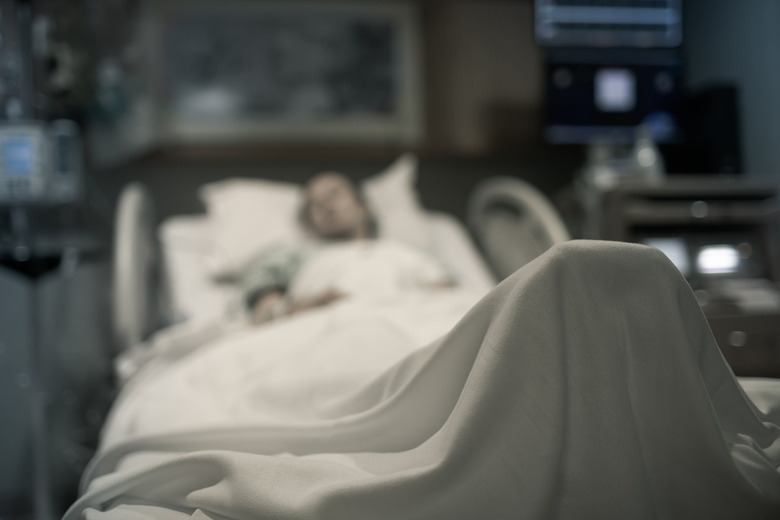These Are The 15 States Where Coronavirus Deaths Are Still Increasing
- New coronavirus case numbers have skyrocketed over the past two months, but the so-called "coronavirus curve" is finally starting to flatten in most of the hardest-hit states across the country.
- People in hard-hit states are finally starting to take the basic precautions they should have been taking all along, though part of the decline in new COVID-19 cases can also be attributed to a decrease in available testing locations.
- While the number of new cases reported each day has stabilized in all but a few states, there are still 15 states across the US where the COVID-19 death toll continues to climb.
The novel coronavirus pandemic is still completely out of control in the United States, but there is some good news to be found amid all the doom and gloom. No, the White House hasn't done anything about its mind-boggling lack of leadership and guidance. And no, coronavirus deniers and anti-maskers still aren't coming to their senses — at least, not until they spread COVID-19 to their entire families and kill their relatives. The good news is that new coronavirus case numbers have stabilized in all of the states where new cases have been soaring over the past couple of months. That even includes states like California, Texas, Arizona, and Florida. That's right, new case numbers have even stopped climbing in Florida, despite the best efforts of lawmakers and law enforcement to keep new case numbers soaring.
It's true that many coronavirus testing sites have been closing in states across the country, and that is undoubtedly contributing to the drop in new cases. Decreasing the availability of free COVID-19 testing obviously leads to fewer positives. But people in many areas are being more careful and taking the basic precautions they need to take in order to slow the spread of this potentially deadly disease. That means wearing a face mask, practicing social distancing, and washing your hands as much as possible. Unfortunately, it's not all good news. Despite the near-universal decrease in new case rates across the US, there are still 15 states where the number of coronavirus deaths has continued to climb.
There are thousands of different websites you can visit to see what coronavirus numbers look like each day in the US and around the globe. The New York Times has found a particularly useful way to present this data though, and the paper's "Map and Case Count" page should be in everyone's browser bookmarks. This is where The Times shares all of those little red charts that you see people sharing on social media. These charts provide a terrific bite-size way to see exactly how coronavirus trends look in each of the 50 US states and all US territories.
Head over to that NYT page right now, and you'll see some fantastic news. New coronavirus cases are currently increasing in just two US states, as well as in Puerto Rico, the US Virgin Islands, and Guam. This is in stark contrast to the data from as recently as one week ago when case numbers were climbing in nearly half of all US states.
New COVID-19 case numbers have either stabilized or are decreasing across the rest of the US, and that's terrific news... for the most part. Unfortunately, new cases aren't the only metric by which we must measure the severity of the novel coronavirus pandemic. COVID-19 death rates obviously cannot be ignored, and the number of new coronavirus deaths is climbing right now in 14 different states as well as in Puerto Rico:
- Texas
- Georgia
- Nevada
- California
- Arkansas
- Tennessee
- West Virginia
- North Dakota
- Puerto Rico
- Montana
- Indiana
- Illinois
- Pennsylvania
- Minnesota
- Hawaii
This should help serve as a sobering reminder that we're not out of the woods yet. Not even close. And we can expect new coronavirus cases to start soaring once again now that schools across the country are reopening with absolutely no meaningful guidance from the White House. In fact, it's already happening in places like Georgia, where schools were open for less than a week before kids started catching COVID-19 and hundreds of children were forced to quarantine due to potential exposure.
